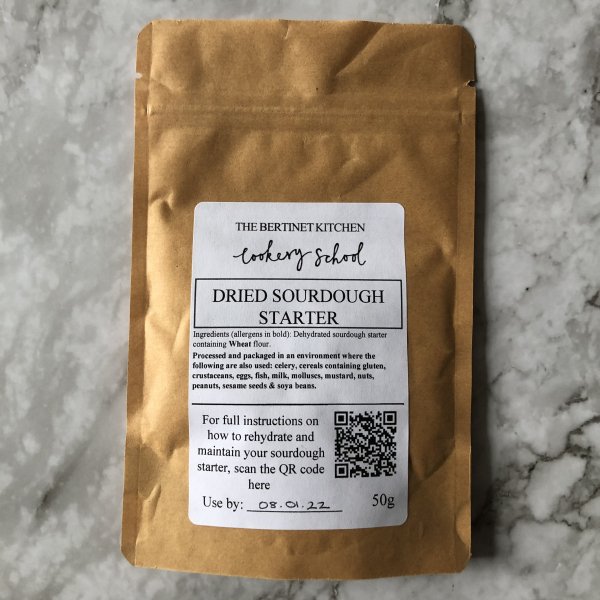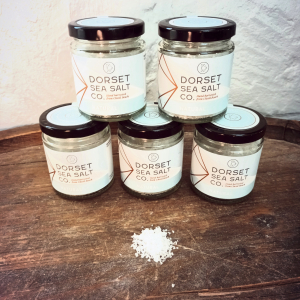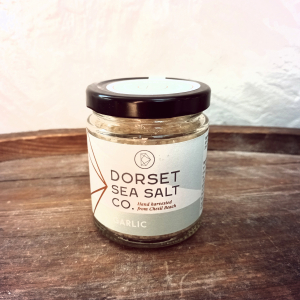Richard has nurtured his starter for more than 22 years and this is the first time that we have made it available for sale in a dried form. So now you can use it to make your own sourdough at home, with a little touch of Bertinet, wherever you are in the world.
The dried starter required rehydration before it can be used. The process will require 375g strong bread flour. Full instructions are provided for rehydrating and then using your sourdough starter.
Contains: Gluten
May Contain: nuts, peanuts, milk, sesame, egg, celery, soya, shellfish and mustard
Our Dried Sourdough Starter bag contains 50g dried ferment.
This instructions below are for 25g. The remaining 25g is a back-up or to gift to a friend.
To rehydrate your ferment
25g dry ferment
50g strong white bread flour (or a mixture of strong bread flour with some rye and/or wholemeal)
60g warm water
Mix everything well and leave for 24 hours in a warm place.
After 24 hours refresh by adding the following to you ferment
75g strong bread flour
40g warm water
Mix all well and leave for 24 hours at room temperature.
After 24 hour the ferment should look really active and just needs one further refresh. Add 250g flour and 130g of water warm to your ferment. Mix together but take care not to overmix. Place it in a plastic container and leave it at room temperature for 6 hours. Then place in fridge covered with a plastic bag or the lid of the container a little ajar so it still breath and doesn’t built up too much condensation inside the container.
The ferment can be use straight from the fridge after a further 12 hours and can be left (or used) for up to 4 days before refreshing. My usual rule when baking is to use about 300g of ferment per 1kg of flour. But you can use less than this (things will take a little more time) or you can use some in conjunction with yeast to make levain and levure loaves. For my levain & levure I use 250g of ferment and 5g of fresh yeast per 1kg of flour.
Maintaining your ferment
The more regularly you bake the better as the routine is good for the ferment and will allow you to see how your ferment evolves with time.
Each time you bake and use some of the ferment, aim to refresh the rest, so it is ready for you again when you need want next.
For most home bakers (baking once or twice a week) I would suggest maintaining a ferment of about 150g after taking out what you need to bake. In order to refresh this amount, add 300g of strong bread flour and 150g warm water. This may mean discarding some ferment from time to time. See below for ideas of what to do with this excess ferment.
If you know you’re going away for a couple of weeks refresh your ferment and place straight in fridge ensuring the lid is NOT on tightly so the ferment can breathe. It will develop more slowly this way and therefore be happy on its own for 2-3 week. On your return, discard and outside crust (it may be thicker and slightly discoloured) and use the inside of the ferment (150g) to refresh and it will get back or normal.
Storing your ferment
Your ferment should be stored in the fridge. Put the ferment in a plastic tub and cover the tub with a cloth and then with a lid. Leave the lid slightly ajar to prevent any build up of moisture in the lid. There is no need to clean the container before you put the refreshed ferment back in, just scrape out the excess of dough and place the refreshed ferment back in.
Variations on the ferment
You can vary your ferment to your own taste by replacing the 500g white flour with half white and half brown or with a proportion of rye or spelt.
Using excess ferment
Check our recipe for sourdough crackers (in Crumb), give it away to friends as gifts, or use the ferment with everyday baking with a little yeast (to make a levain & levure loaf).







